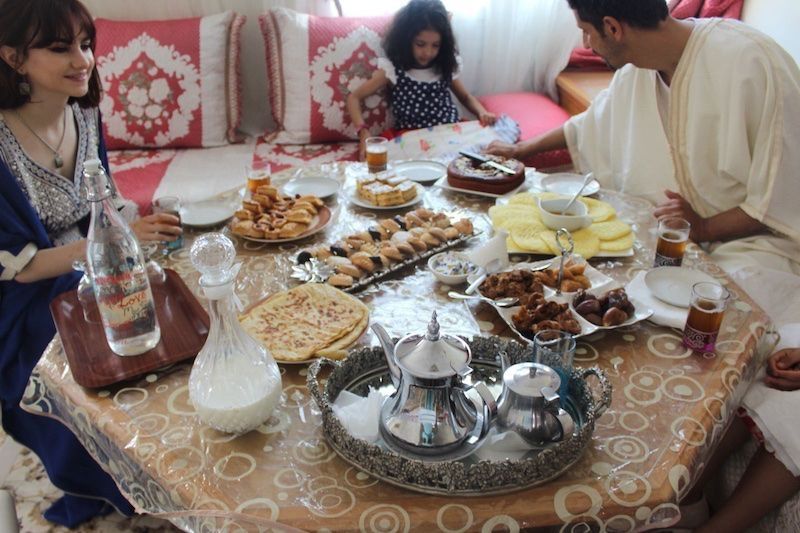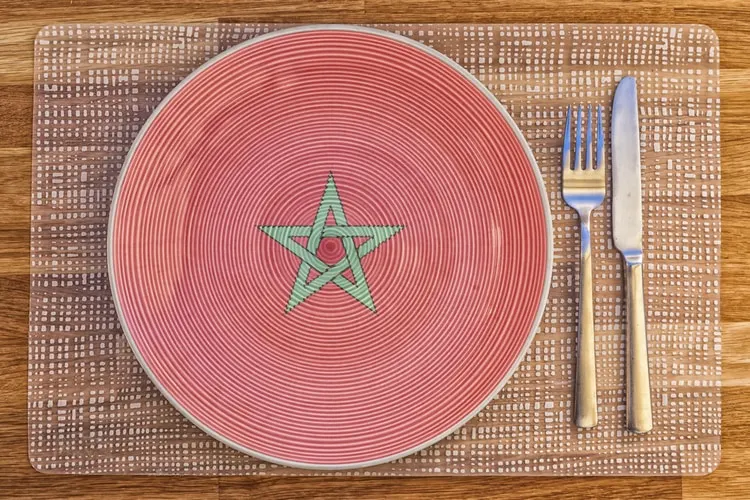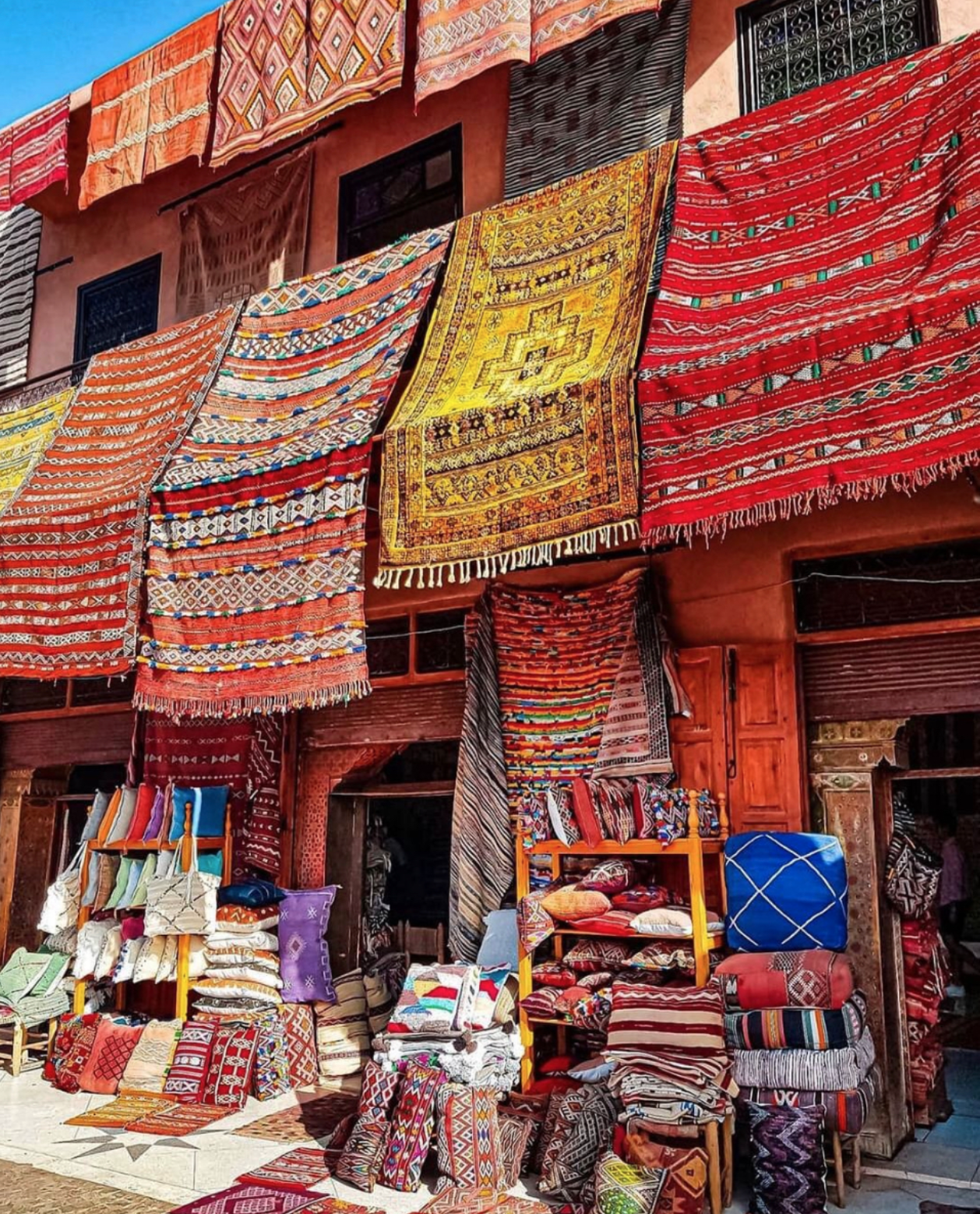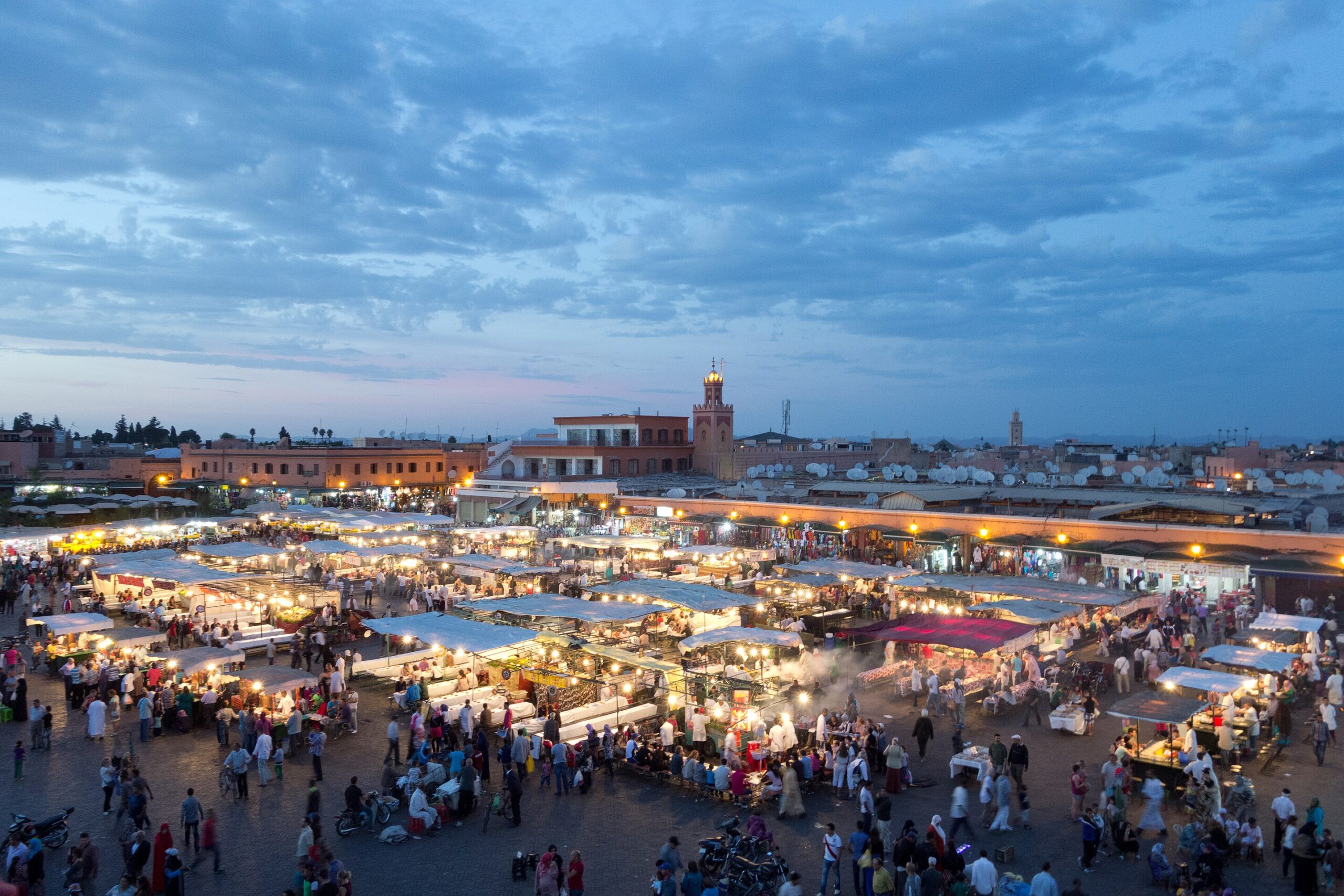Eid al-Fitr 2025 date in Morocco
The tentative date for Eid al-Fitr is 31 March or 1 April 2025. However, this date is subject to change.
The timing of Eid al-Fitr hinges on the sighting of the crescent moon in the nighttime sky. The Islamic lunar calendar is approximately 11 days shorter than the Gregorian solar calendar. Should adverse weather conditions prevent the visibility of the moon on the anticipated date, Ramadan will be extended for an additional day.
Eid al-Fitr marks the end of the holy month of Ramadan and the start of the 10th month in the Islamic calendar, known as Shawwal. Eid al-Fitr is observed on the 1st and 2nd days of Shawwal. Please note that dates may vary and are subject to change based on the moon’s sighting.
Holidays
Morocco, being an Islamic country, has its main calendar synchronized with the Islamic lunar calendar. Eid al-Fitr is considered a national holiday in Morocco. Henceforth, most business and academic institutions are closed around this time so everyone can celebrate this auspicious occasion with their friends and family. However, there is no official announcement regarding the dates of the holidays for Eid 2025 from Moroccan officials yet.
Please note that we’ll update this article once we receive credible information from the officials.
Eid al-Fitr celebrations in Morocco
Eid is also known as “Eid Sghir” or “the festival of Breaking the Fast.” It marks the end of the month-long fast of Ramadan. It is a joyous time for people to reflect and count their blessings.
Eid prayer
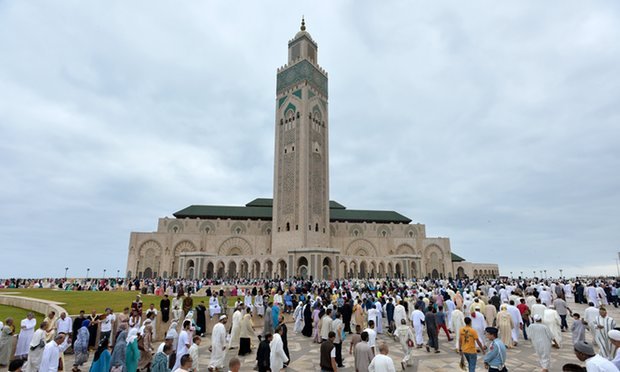
As Shawaal starts with the spin of the Earth and the waltz of the crescent Moon, people in Morocco adorn themselves in their finest vestments and attend Musalla, an open space outside a mosque mainly used for praying for a special Eid prayer called “Salat al-Eid,” and then attend their local mosques in the morning.
The morning fast-breaking feast gives people a moment to celebrate their spiritual and physical achievements during Ramadan, including abstaining from eating, drinking, and physical intimacy from dawn to dusk and avoiding all types of wrongdoings, such as lying, gossiping, profanity, etc.
Zakat al-Fitr
One of the unique Eid festivities in Morocco is the act of Zakat al-Fitr or “Sadaqat al Fitr,” which is a mandatory donation to those living in disadvantageous situations two or three days prior to Eid Al Fitr. The head of the family is responsible for supervising financial matters, ensures that every member of the family fulfills this religious duty and successfully upholds a key pillar of Islamic charity and solidarity, fostering a sense of community and compassion during this sacred period.
According to Prophet Mohammed’s teachings, the recommended quantity of Zakat al Fitr is approximately 2.5 kilograms of grain or flour per person.
The donation can be in cash or staple food items that people regularly consume, such as wheat, barley, or similar products. The cash value of Zakat al-Fitr varies annually. This year, Morocco’s High Council of Ulemas has set the value at MAD 20 or USD 1.99 for those who wish to donate money.
Festive traditions
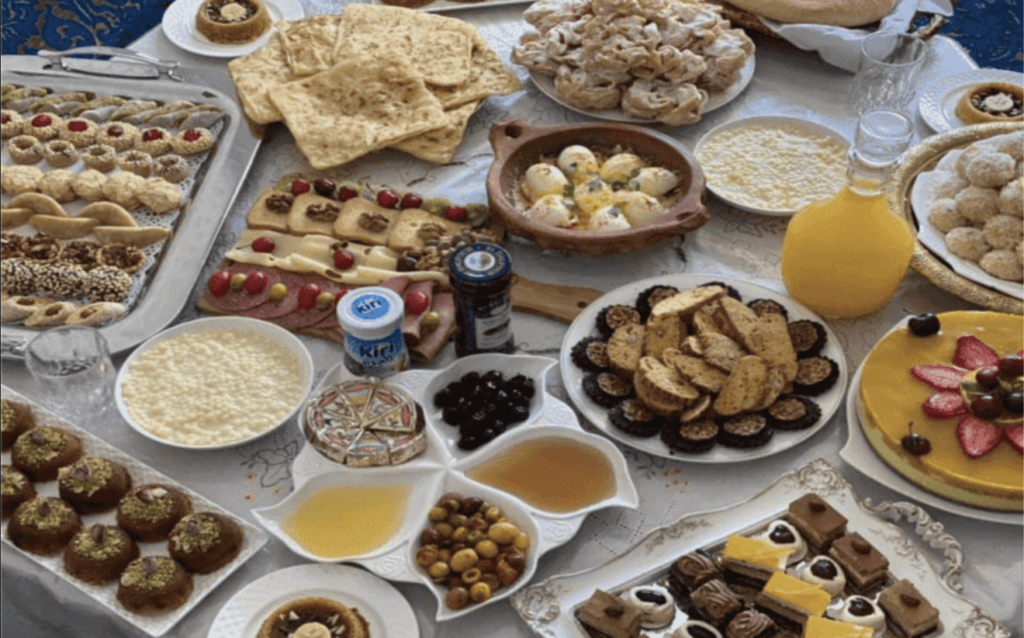
On the morning after Ramadan, Moroccans usually eat a variety of traditional sweets, such as Kaab Al-Ghazal, Fekkas, and Ghriba, cakes, bread, such as Msemmen and Harcha, and Moroccan mint tea.
The children are the center of the Eid Al Fitr festivities. Like everyone else, they wear new clothes and eat sweets on this occasion, and they receive money or gifts from elderly members of the family.
Moroccan culture, traditions and history are interweaved with the Eid al-Fitr celebrations. The vibrant city is made even more lively by the twinkling lights, the enticing aroma of street food, and the distinct scent of henna being applied by skilled artists onto people’s hands. The beauty of everyone dressed in their best dress with high spirits also adds to the shimmer of the place.
